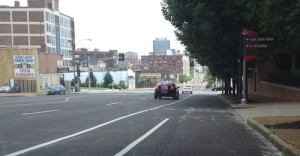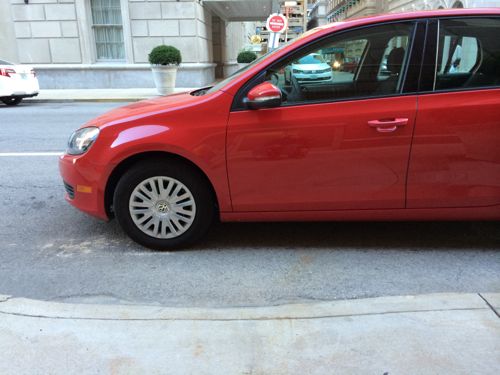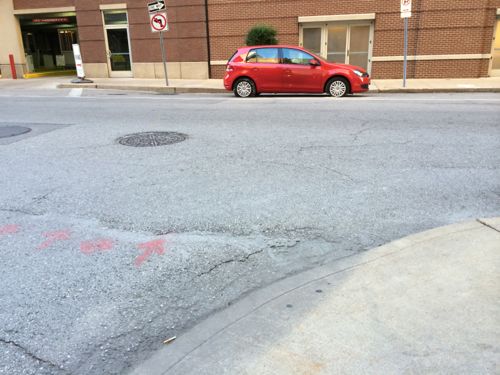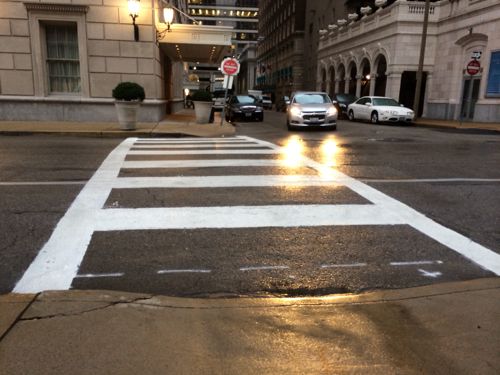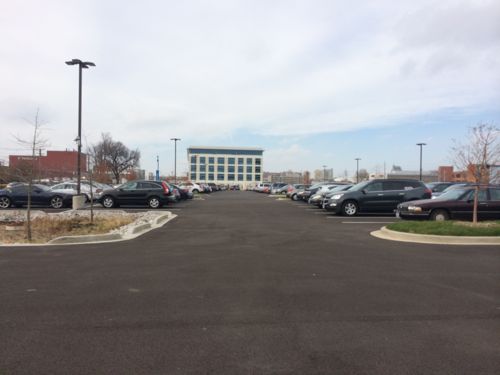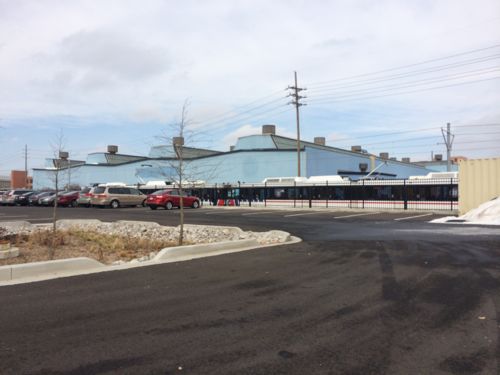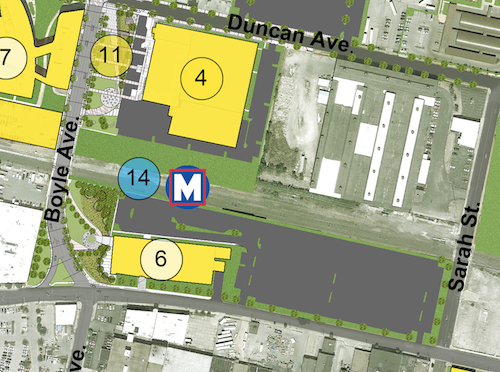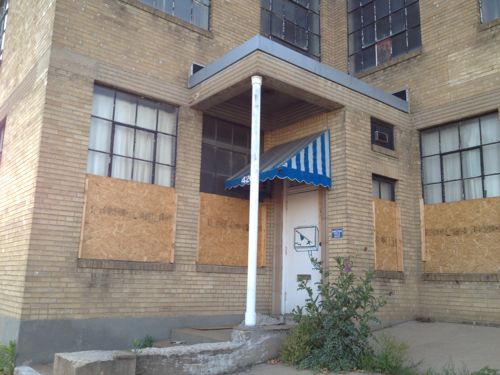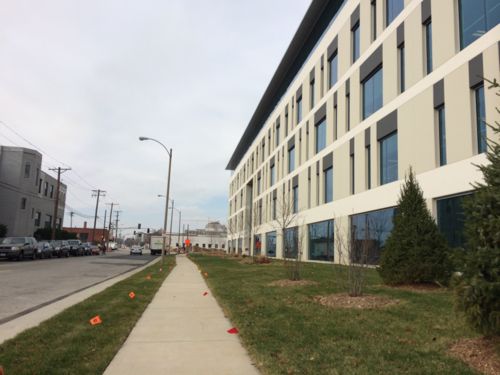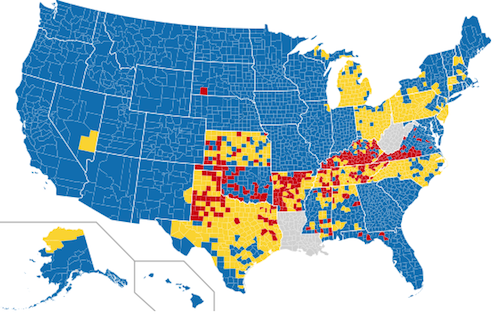The Central Library Reopened One Year Ago
One year ago our central library reopened after receiving a much-needed renovation:
The library closed almost three years ago for a $70-million renovation. The results of that work are now open to the public, and the 190,000-square-foot building is the most gorgeous — and usable — library I have ever seen.
The 1912 Beaux Arts building, which takes a full city block, was originally designed by Cass Gilbert, who also designed the U.S. Supreme Court. Andrew Carnegie provided the seed money — part of his campaign to build 1,600 libraries in America — and taxpayers provided the rest. (Washington Post)
The results were impressive, readers thought the library renovation was a good investment.
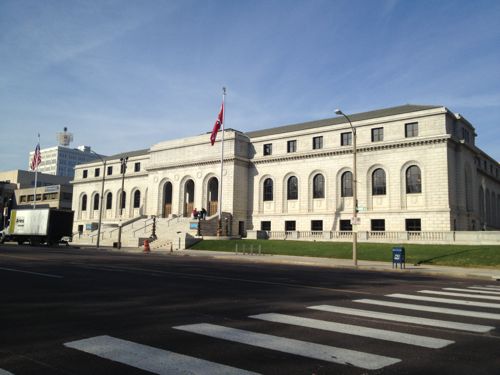
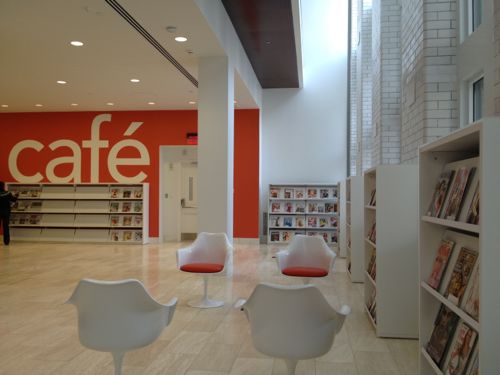
I haven’t spent as much time in the library as I thought I would, but I’m still impressed by the exterior lighting as I pass by it several nights per week. I need to see if anyone is operating the cafe inside, that would get me in the door more often. My fiancee is an avid reader, he’s used the library far more than I have. In June I posted how the Central Library after hours book return is for motorists, not pedestrians.
What has been your experience over the last year?
— Steve Patterson
